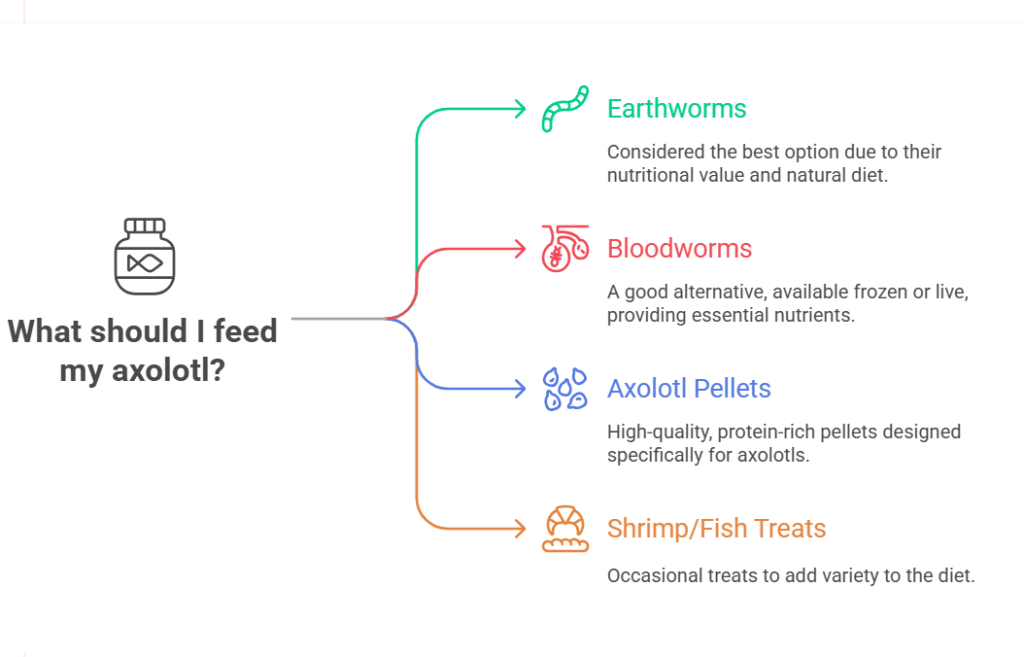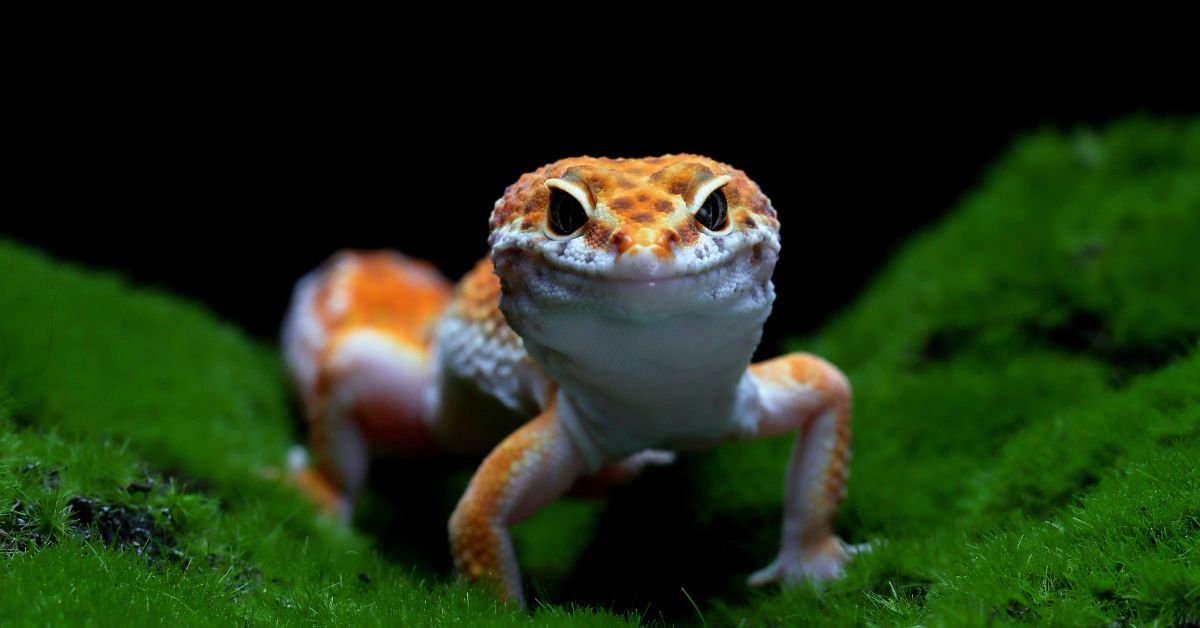Axolotl Pet are aquatic creatures, meaning they spend their entire lives underwater. Unlike most salamanders, they don’t undergo metamorphosis and remain in their “larval” form forever. This means you’ll need to provide a fully aquatic environment.
Key axolotl care requirements:
- Tank size: Minimum 20 gallons for one adult axolotl.
- Water temperature: 60–68°F (16–20°C). Axolotls don’t like it warm!
- Filtration: Gentle, as strong currents can stress them out.
- Substrate: Fine sand or bare-bottom; avoid gravel (they can swallow it).
- Hiding spots: Caves, plants, or PVC pipes for security.
Axolotls are sensitive to water quality. Regular water changes and testing for ammonia, nitrites, and nitrates are a must. If you’re new to aquariums, this might sound intimidating, but with a little practice, it becomes second nature.
Social Needs
Axolotls are solitary by nature. While you can keep more than one in a tank, it’s best to house them separately unless you’re experienced. They can nip at each other, especially when young.
Setting Up the Perfect Axolotl Tank
Step-by-Step Tank Setup
- Choose the Right Tank: A 20-gallon long tank is ideal for one axolotl. Bigger is always better.
- Install a Gentle Filter: Sponge filters are popular because they don’t create strong currents.
- Add Substrate: Fine sand is safest. Never use gravel or small pebbles.
- Decorate: Add hides, live or silk plants, and smooth rocks. Axolotls love to explore and hide.
- Fill with Dechlorinated Water: Use a water conditioner to remove chlorine and chloramine.
- Cycle the Tank: Before adding your axolotl, cycle the tank for at least 4–6 weeks to establish beneficial bacteria.
Water Quality: The Heart of Axolotl Care
Axolotls are very sensitive to poor water conditions. Test your water weekly for ammonia, nitrite, nitrate, and pH. Ammonia and nitrite should always be at zero; nitrate should be below 20 ppm.
Pro tip: Invest in a reliable test kit. It’s the best way to keep your axolotl healthy and happy.
Feeding Your Axolotl: Diet and Nutrition
Axolotls are carnivores. In the wild, they eat worms, insects, and small fish. In captivity, their diet should be just as protein-rich.
Best foods for axolotls:
- Earthworms (the gold standard)
- Bloodworms (frozen or live)
- Axolotl pellets (high-quality, protein-rich)
- Occasional treats: small pieces of shrimp or fish
Feed juveniles daily and adults every 2–3 days. Remove uneaten food to keep the water clean.

User quote:
“My axolotl loves earthworms! He’ll swim right up to the tongs and snatch them. It’s the highlight of his day—and mine.”
How Long Do Axolotls Live?
One of the most common questions is, how long do axolotls live? With proper care, axolotls can live 10–15 years in captivity. Some have even reached 20 years!
Their lifespan depends on genetics, water quality, diet, and stress levels. If you’re looking for a long-term companion, an axolotl pet is a great choice.
Where to Buy Axolotl: Tips and Red Flags
Buy Axolotl Responsibly
Not all axolotls for sale are equal. It’s crucial to buy axolotl from a reputable breeder or specialty pet store. Avoid impulse purchases from big-box stores or online sellers with little information.
What to look for:
- Healthy, active axolotls with clear eyes and smooth skin
- Clean tanks and knowledgeable staff
- Willingness to answer questions about axolotl care
Red flags:
- Cloudy eyes, damaged gills, or lethargy
- Dirty tanks or overcrowded conditions
- Sellers who can’t answer basic care questions
Axolotls for Sale: Online vs. Local
You can find axolotls for sale both online and in local stores. Online breeders often offer more color varieties (wild type, leucistic, golden albino, etc.), but shipping can be stressful for the animal. Always check reviews and ask about their shipping process.
Real-Life Axolotl Pet Stories
Axolotls have a way of charming their owners. One axolotl enthusiast shared:
“I never thought I’d get so attached to a salamander, but my axolotl has so much personality! He recognizes me and comes to the glass when I walk by. It’s like having a tiny, underwater puppy.”
These stories are common in the axolotl community. Owners love sharing photos, tips, and even funny mishaps (like axolotls spitting out their food in dramatic fashion).
Risks, Pros, and Cons of Axolotl Ownership
Pros
- Unique and fascinating pet
- Low-maintenance compared to many reptiles or mammals
- Long lifespan with proper care
- Hypoallergenic (no fur or dander)
Cons
- Sensitive to water quality—requires regular maintenance
- Not a “hands-on” pet (handling can stress or injure them)
- Can be expensive to set up initially (tank, filter, test kits)
- Limited vet care available in some areas
Risks
- Poor water quality can quickly lead to illness
- Inexperienced owners may struggle with cycling tanks or feeding
- Illegal to own in some states or countries—always check local laws
FAQ: People Also Ask
Q. Are axolotls good pets for beginners?
A. Axolotls can be good pets for beginners who are willing to learn about aquarium care. They’re hardy once established, but sensitive to water quality. If you’re new to fishkeeping, take time to research axolotl care before bringing one home.
Q. How long do axolotls live as pets?
A. With proper care, axolotls can live 10–15 years, sometimes even longer. Their lifespan depends on genetics, diet, and especially water quality.
Q. Where can I buy axolotl safely?
A. Look for reputable breeders or specialty pet stores with experience in axolotl care. Avoid impulse buys from chain stores or unverified online sellers. Always ask about the animal’s health and origin.
Q. What do axolotls need in their tank?
A. Axolotls need a 20-gallon tank (minimum), gentle filtration, cool water, hiding spots, and a protein-rich diet. Avoid gravel or sharp decorations, as axolotls can injure themselves or accidentally swallow substrate.
Final Thoughts
The axolotl pet craze isn’t just a trend—it’s a testament to how unique and rewarding these creatures can be. If you’re ready to commit to their care, an axolotl can be a fascinating, long-lived companion. Just remember: their needs are specific, and their well-being depends on your willingness to learn.
CLICK HERE FOR MORE BLOG POSTS
John Authers is a seasoned and respected writer whose work reflects the tone, clarity, and emotional intelligence that readers value in 2025. His writing blends deep insight with a natural, human voice—making complex ideas feel relatable and engaging. Every piece he crafts feels thoughtful, original, and genuinely worth reading.

